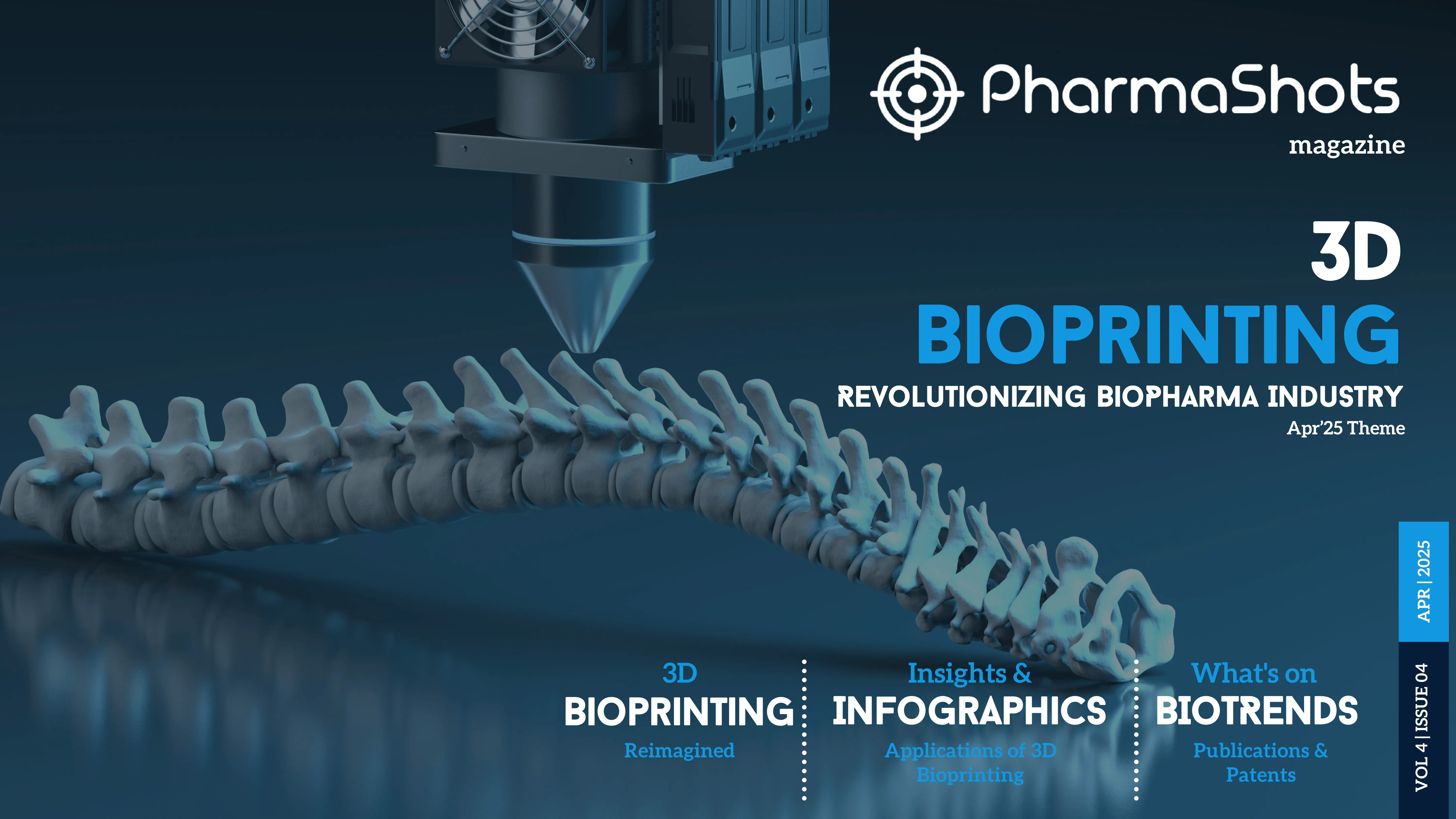
How Innovations in Technology Can Mitigate Healthcare Disparities
Technological innovations have already had a transformative effect on healthcare education, with ABSN programs and accelerated BSN online programs now readily available to those studying nursing. But in the realm where technology converges with universal healthcare, this article navigates through cutting-edge innovations such as telehealth, remote monitoring, mobile health apps, virtual reality (VR), and augmented reality (AR).
Examining pivotal components like Health Information Exchange (HIE), data analytics, wearable technology, and community health information systems, we unravel the intricacies of this intersection. As we decipher these complexities, the analysis emphasizes the driving force of technology, steering healthcare toward an inclusive future.
1. Telehealth and Remote Monitoring:
Telehealth innovations are capable of enhancing accessibility and the ongoing provision of services. For example, virtual medical consultations and monitoring now offer valuable healthcare support to individuals in underserved or rural areas, transcending geographical barriers. This proves especially advantageous for those grappling with challenges in reaching traditional healthcare establishments. Additionally, the adoption of remote monitoring technologies empowers healthcare professionals to closely track patients' vital signs and efficiently manage chronic conditions. This ensures that patients receive the required treatment, regardless of their location.
2. Mobile Health (mHealth) Applications:
Mobile health applications can provide conveniently accessible and personalized health education. It serves as a platform for disseminating information on preventive measures and chronic illness treatment to a wide spectrum of people. Furthermore, mHealth applications improve healthcare outcomes by sending appointment reminders, which guarantee that patients attend their medical appointments and so promote treatment continuity.
3. Health Information Exchange (HIE):
Health Information Exchange (HIE) systems and interoperable electronic health records (EHRs) promote collaboration and minimize healthcare disparities. The seamless transmission of patient information between healthcare providers saves duplication and ensures that patients receive consistent care regardless of where they seek treatment. HIE creates a more integrated healthcare ecosystem by limiting disparities in access to comprehensive and well-coordinated treatment.
4. Data Analytics and Artificial Intelligence (AI):
Data analytics and AI play a pivotal role when it comes to pinpointing and advancing healthcare equity. AI's adeptness at dissecting extensive datasets reveals patterns and variations in healthcare results, offering valuable perspectives to customize interventions and shape policy. This approach, bolstered by predictive analytics, facilitates the timely recognition of populations at risk, empowering proactive measures to curb the exacerbation of disparities. The smooth fusion of AI and analytics signifies a profound transformation in healthcare systems, paving the way for a future characterized by personalized and fair healthcare delivery, ultimately fostering a more inclusive and adaptable healthcare landscape.
5. Wearable Technology:
Wearable gadgets offer users individualized health monitoring and early intervention. For example, smartphone-based apps can measure the user’s physical activities, showcase vital signs, and exhibit various health indicators and so, giving real-time information to patients and healthcare providers. This information could be used to personalize medical treatments and encourage a better lifestyle. Wearable technology, which consists of diagnostic capabilities, enables early diagnosis of health conditions, particularly in locations with limited access to traditional diagnostic facilities, resulting in more accurate healthcare results.
6. Community Health Information Systems:
Community Health Information Systems can boost community involvement and mitigate healthcare disparities. These systems leverage technology to empower individuals, encouraging their active engagement in managing their health. The user can obtain access to information, resources, and specialized assistance via user-friendly, easily accessible platforms. This not only increases health literacy but also creates a sense of personal responsibility for staying healthy. Community Health Information Systems stands as an important element that encourages a more inclusive and participatory healthcare strategy by identifying and proactively addressing the challenges that different groups of individuals face in society.
7. Virtual Reality (VR) and Augmented Reality (AR):
VR and AR technology have immense promise for medical training and teaching. Virtual and augmented reality simulations provide realistic hands-on learning experiences that enhance skill and knowledge retention. This is especially useful for healthcare practitioners in underprivileged communities, who may have difficulty accessing typical instructional materials. As these technologies become more popular, they level the playing field in medical education, ensuring that healthcare practitioners from all locations have access to high-quality training, thereby improving the quality of treatment offered.
Conclusion
Healthcare technologies have been transforming the healthcare industry; enhancing efficiency and lowering the disparities. From strategic telehealth deployment to interconnected systems, technology emerges as the linchpin for mitigating healthcare disparities, signifying a commitment to personalized, community-centric care and universally accessible healthcare.
The envisioned future portrays a healthcare landscape characterized by inclusivity, where every community, despite unique challenges, access a standardized level of care. The democratization of medical education through immersive technologies ensures healthcare professionals globally contribute to this vision. Ultimately, the convergence of technology and healthcare heralds a paradigm shift toward a future where disparities are dismantled, and healthcare embodies equity, responsiveness, and excellence.
Related Post: Health Equity: A Pressing Need
Tags

Dr. Fatima is a licensed pharmacist utilizing her skills as a guest medical content writer at PharmaShots. With a passion for translating complex medical advancements into clear, accessible content, she crafts engaging articles that unveil the latest breakthroughs in healthcare and technology.














